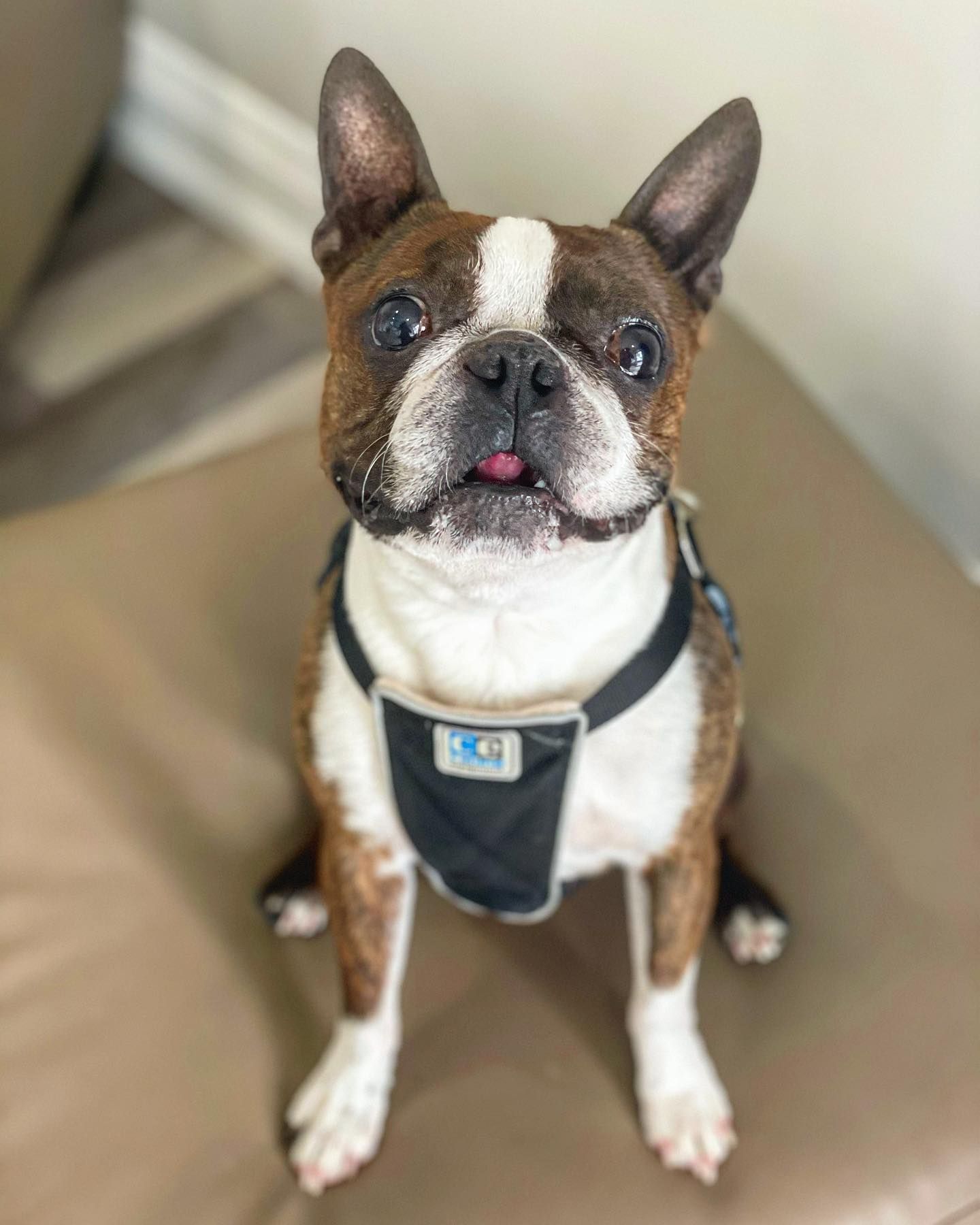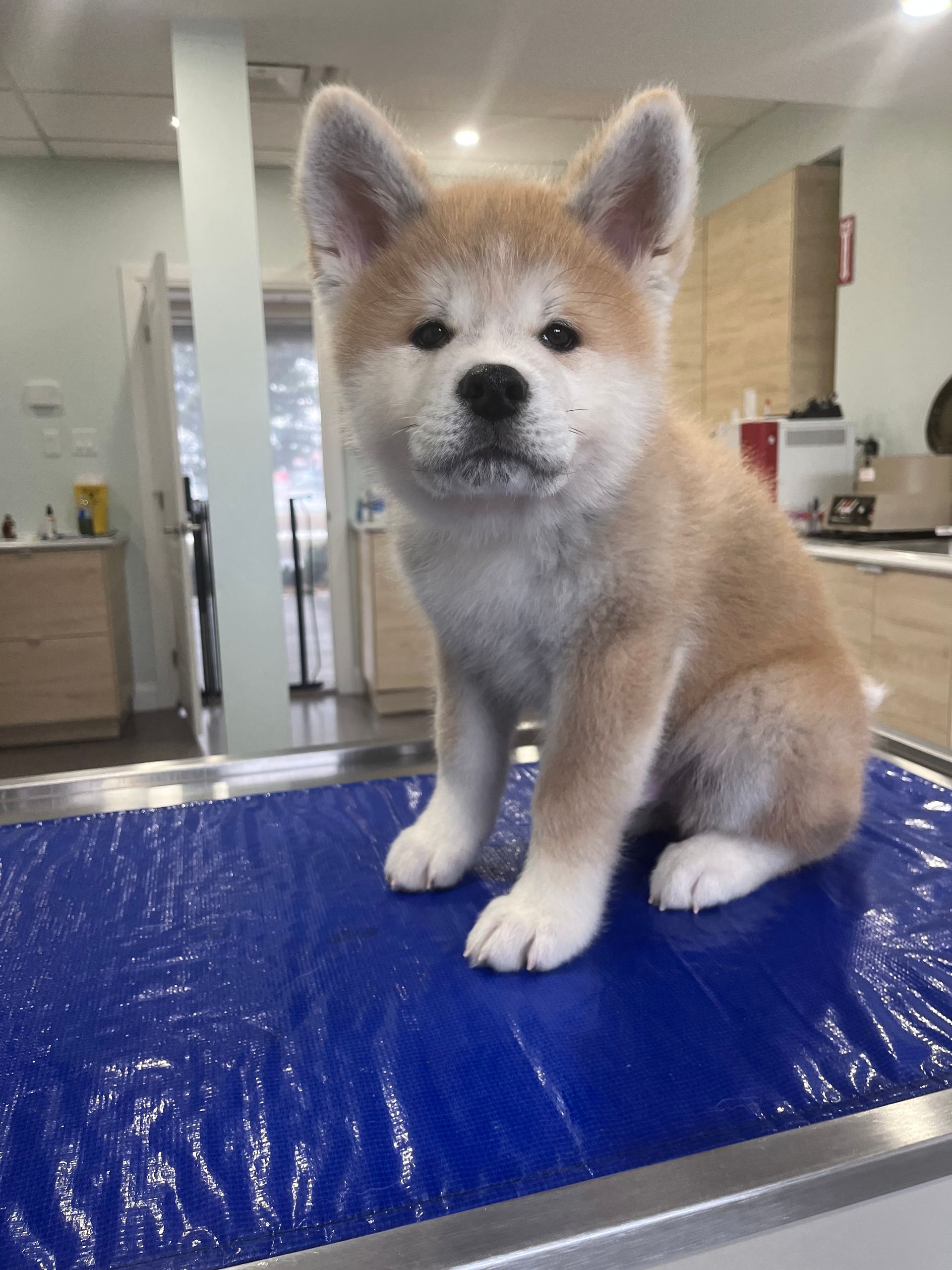A NEW TOOL FOR MAKING INFORMED PET FOOD DECISIONS
With thousands of pet food choices, it is confusing for pet owners and the veterinary healthcare team to make informed decisions about the best pet food for an individual pet.
Our team is here to help their pet owners navigate the sea of pet nutrition information (and misinformation) to provide optimal nutrition for every pet which is why we are so excited to hear about the Dare to Ask resource from the Pet Nutrition Alliance (PNA).
“Most pet owners base food decisions on ingredient lists, and we want them to understand the decision should be more focused on quality control, nutritional expertise, and other important factors surrounding the pet food manufacturer,” said Julie Churchill, DVM, PhD, DACVN and Pet Nutrition Alliance President.
PNA ‘dared to ask’ by contacting more than 200 manufacturers selling pet food in the United States and Canada and asked them questions based on the WSAVA (World Small Animal Veterinary Association) criteria. The results answer critical questions including details on the manufacturers’ nutritional expertise, where their foods are manufactured, and whether they can provide information on a requested nutrient (and if that nutrient meets the Association of American Feed Control Officials profiles).
- Whether the diet is nutritionally complete and balanced according to the Association of American Feed Control Officials (AAFCO) Model Bill and Regulations.
- If the food is complete and balanced, for what life stage is it intended?
- If the food is complete and balanced, did the company determine this by formulation (either analysis or calculation) or by feeding trials?
- Does the manufacturer employ a full-time qualified nutritionist (e.g., a Diplomate of the American College of Veterinary Nutrition or European College of Veterinary Comparative Nutrition, or a PhD in animal nutrition)?
- Does a qualified nutritionist formulate the diets?
- Where are the foods manufactured?
- What specific quality control measures are used to assure the quality of ingredients, consistency, and nutritional value of the end product?
- Can the manufacturer provide information on any requested nutrient or the caloric value for the pet food in question?
- Has product research been conducted?
To simplify this task and create a comprehensive resource for team members, the Pet Nutrition Alliance contacted all pet food manufacturers selling foods in the US and Canada to collect and compile answers to three of the above WSAVA questions.
For more information, we recommend the following trusted resources:
- American College of Veterinary Nutrition: www.acvn.org
- Pet Nutrition Alliance: www.petnutritionalliance.org
- Petfoodology: www.petfoodology.org
- World Small Animal Veterinary Association Global Nutrition Committee.
Leave a Reply.
SIGN UP TODAY!
We will get back to you as soon as possible.
Please try again later.


Street Address : 1026 Speers Road
City : Oakville
State / Province : Ontario
Postal / Zip Code : L6L 2X4
HOURS
Monday: 9:00 am - 6:00 pm
Tuesday: 9:00 am - 6:00 pm
Wednesday: 9:00 am - 7:00 pm
Thursday: 9:00 am - 5:00 pm
Friday: 9:00 am - 5:00 pm
Saturday: Closed
Sunday: Closed
SERVICES
© Copyright 2024 - All Rights Reserved - Mac Animal Clinic | Cancellation Policy | MyPortal™


